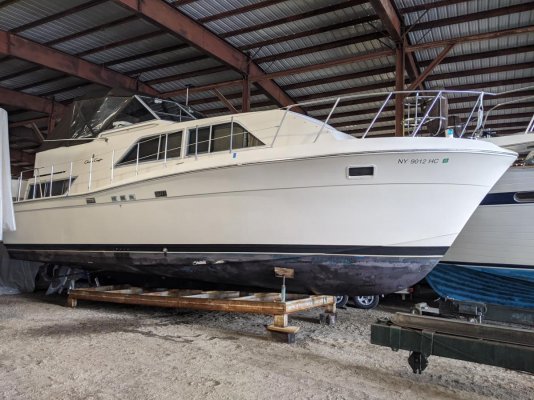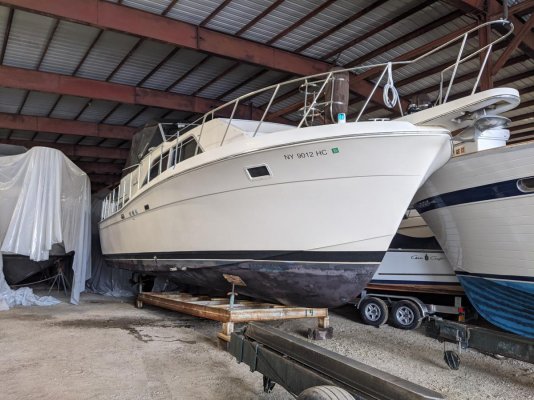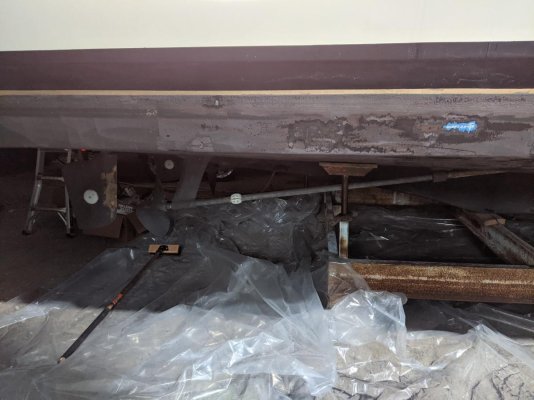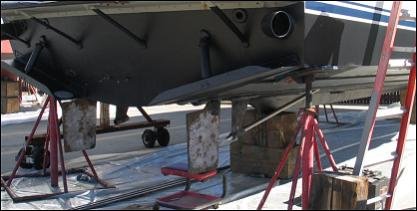Personally, when the weather picks up I don't enjoy being on a planning boat. If you are trying to keep the speed up (where they do best, and are quite stable and comfortable in flat seas), bigger seas can beat the snot out of you. If you slow down, its not where they are at their best and you can pitch and roll more than in a D or SD boat.
Is that what you mean?
I would mostly disagree with this. The only time I would agree with this is if it is a head sea. And even then, it can be managed depending on the period. But a planing boat in a following sea is simple. You have two choices....go the exact same speed as the wave train and never hit a swell. Or go fast and ride over the tops. As long as it is not too steep, I will go faster. It is usually more of a mushing affair at the top. A beam sea is not bad either. The dynamic lift of the hull keeps you from rolling and you simply go up and down with the swell. There is a little roll, but not much. Now a short period head sea would be the worst senario.
In a slow SD boat....pretty much all of the above scenarios suck EXCEPT the head sea. They roll like crazy and are unable to keep up with the wave train so the big fat buoyant ass end gets pushed around by the waves.
An FD boat will roll. But has a tendency to go throu a head sea and does not have a lot of buoancy in the stern to get pushed around. They usually track straight in a following sea unless very steep and short which could cause broaching.
A SD boat with power to plane is not an efficient planing boat as only part of the hull is generating lift. BUT, it does provide better seakeeping as the fron portion of the boat is not providing lift and is more likely to through the weather instead of over it. Yes, on smaller boats this will provide a wetter ride. But it is still a better ride and does not pound.
Interstingly, a planing boat will bank into a tun on plane. An SD boat remains flat in a turn on plane because there is usually no deadrise. They need as much lift as they can get because the sacrificed it in the forward portions. Most planing boats have deadrise that allows a boat to bank into a turn.
The most efficent best performing planing hull is a completely flat hull. Obviously you suffer comfort and seakeeping so if you must:
You have a spectrum. A sailboat style hull on one end. And a flat bottom boat on the other. Seakeeping ability(and efficiency) on the FD end. And performance(speed) on the other. Put a slider on that spectrum and slide it up and down that spectrum and design your hull based on your personal criteria. Move it one way, potential speed increases(on plane) but seakeeping ability decreases. Slide it the other, and the reverse happens.
As an aside, the big sportfish boats have so much deadrise it is hard to call them a planing hull. the only reason they is that they are generating lift throughout most of the wetted surface. But they require tremendous amounts of power to achieve their desired speeds. they sacrifice planing performance for seakeeping ability by deep deadrise.
That's all I got.





